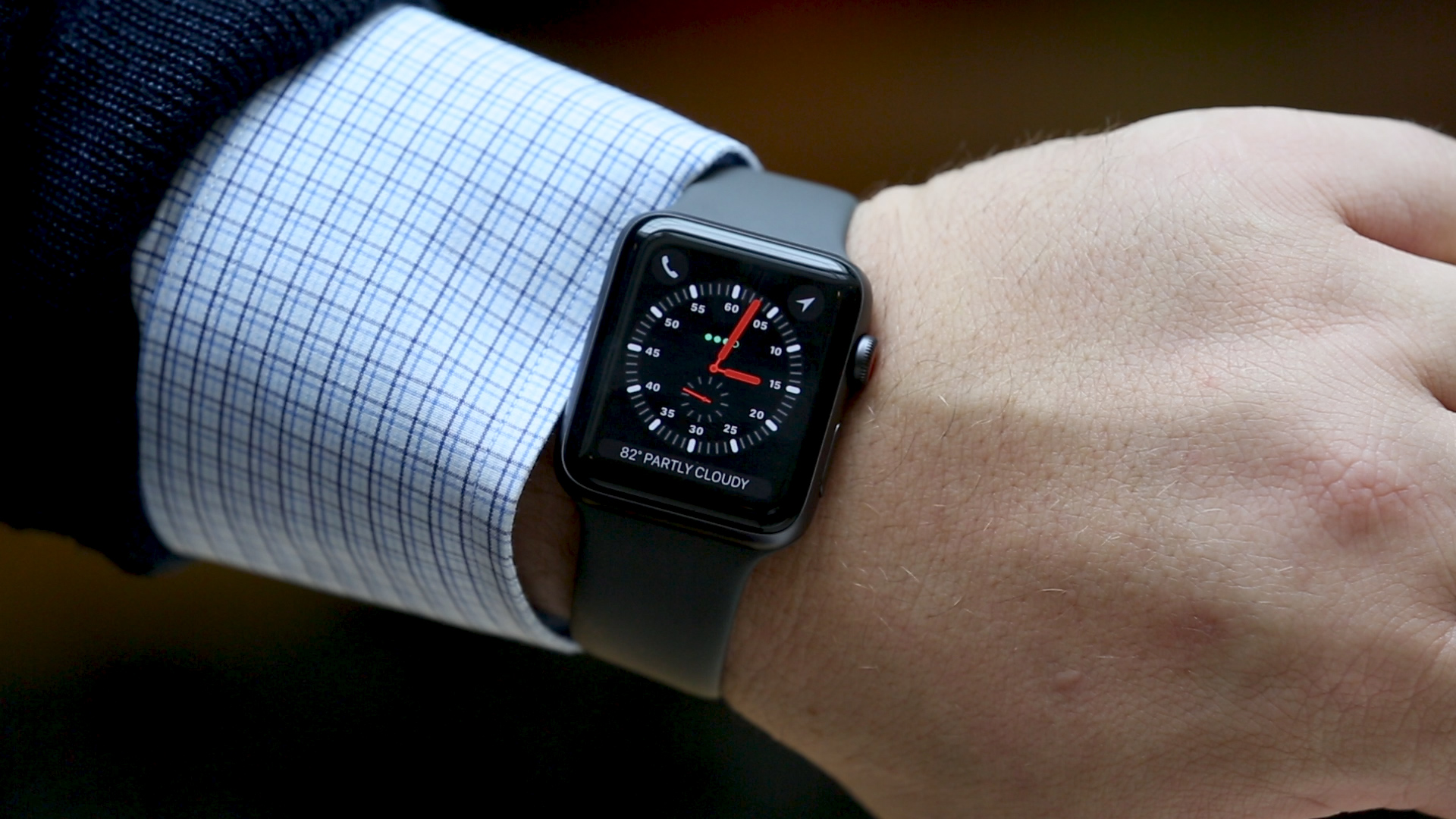
Thoughts on LTE eSIM Regulation in China
eSIMs in Apple Watches aren’t given out by the Chinese government, it likely doesn’t know how to regulate the eSIMs yet, nor does it know how to validate the identity of the Apple Watch user.
This is a pretty huge problem for Apple, given its aspirations of continuing to grow its business in China. The Chinese government has neutered what is arguably the most compelling new feature of Apple Watch Series 3. It did so with one fell swoop. It’s all because the means for LTE eSIM regulation in China is still up in the air.
Slow Governments and LTE eSIM Regulation in China
When we grow frustrated with how slowly our government moves, just look at this problem in China. The Beijing bureaucrats have had more than enough time to figure out LTE eSIM regulation in China. Still, they have failed to do so. The Chinese government quite heavily regulates mobile phones and other devices, and actually hands out physical SIM cards to consumers. How difficult would it be, really, to adjust these policies and procedures to apply to the eSIM inside the LTE Apple Watch?
I’m sure the government maintains a database of those SIM card assignments. It shouldn’t be too incredibly difficult to add a new type of “card” to that archive. It doesn’t seem like rocket surgery to me. When a customer registers their Apple Watch Series 3 (GPS + Cellular) on the network, just transmit the eSIM number to the Chinese government for approval.
A Cumbersome Procedure, but One That Would Work
Sure, this procedure would make the purchase of an LTE-compatible Apple Watch a bit more complicated. However, it would certainly satisfy the Chinese government’s wishes to keep tight reins on such mobile devices. In the meantime, unfortunately, it seems that Cupertino is going to see a dramatic slowdown in purchases of the Apple Watch Series 3 on the other side of the Great Wall, since it’s flagship feature is unavailable to most Chinese consumers.